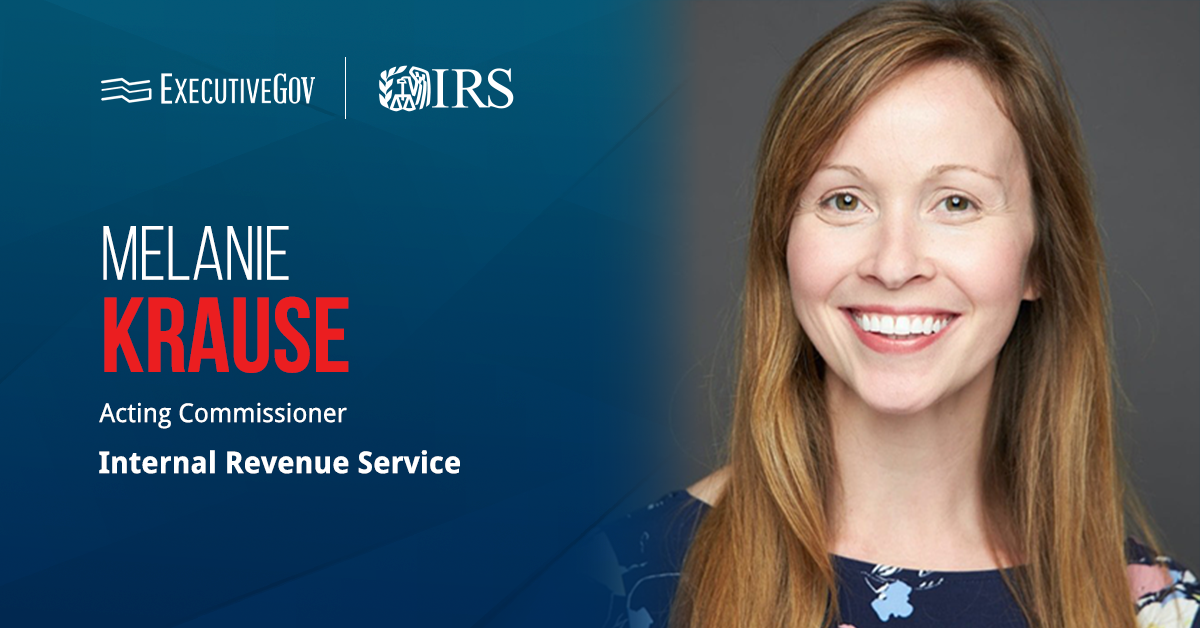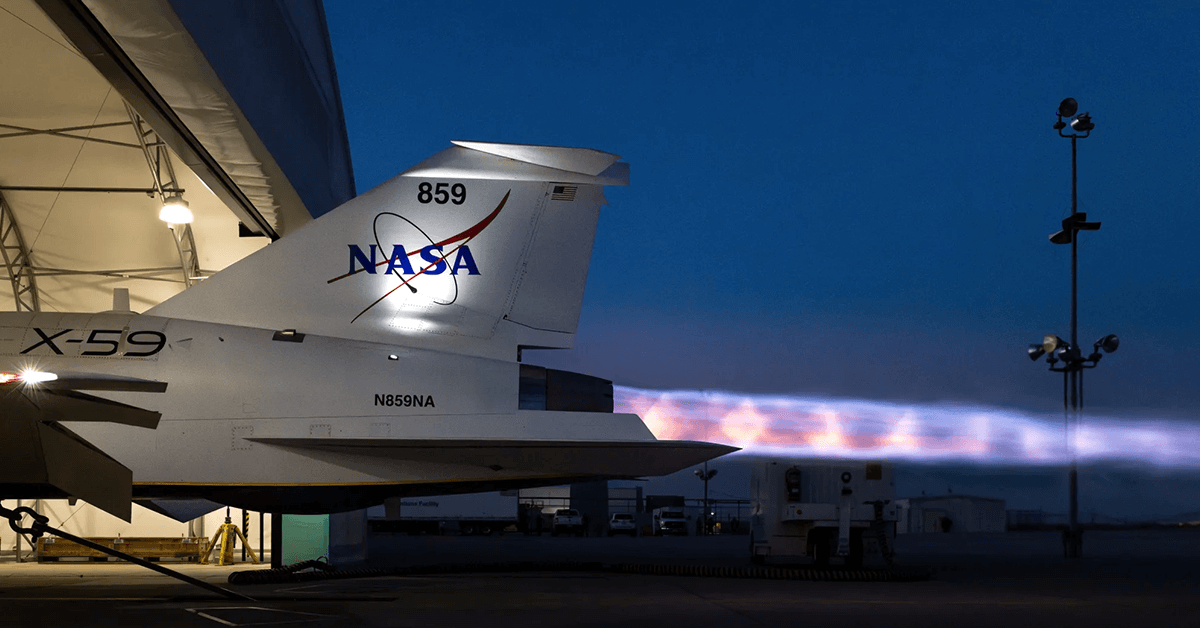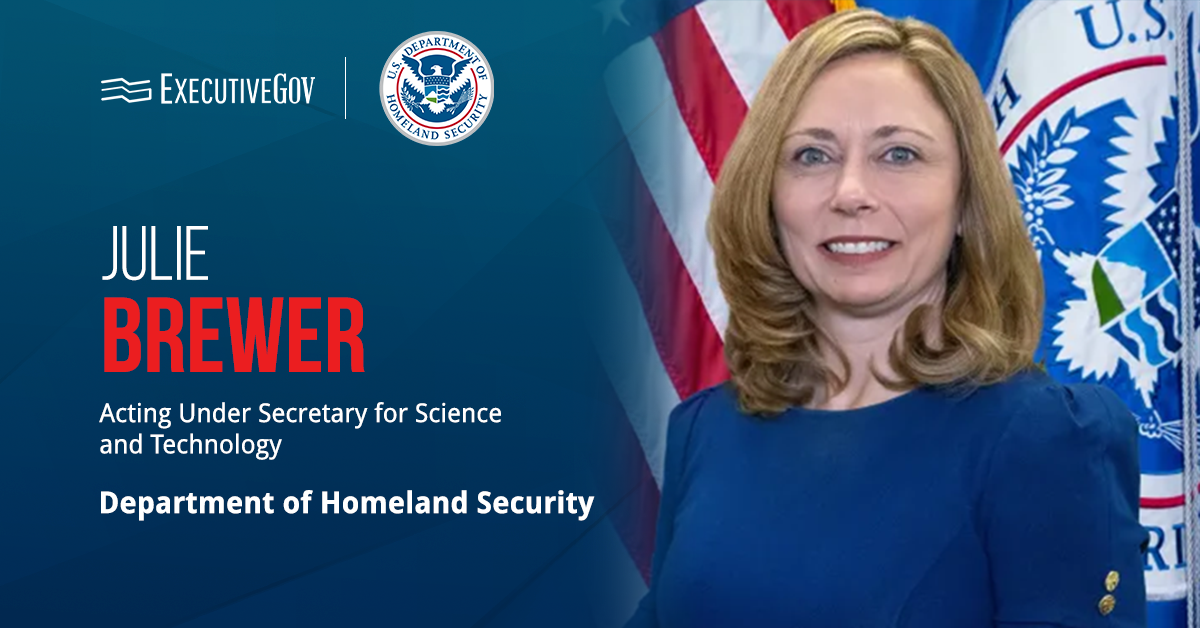The Government Accountability Office has recommended that the Space Development Agency first demonstrate fully the capabilities of satellite laser communications before the Department of Defense invests further in the technology.
GAO noted in its recommendation published Wednesday the development hurdles and delays of the Tranche 0, or T0, under SDA’s Proliferated Warfighter Space Architecture program also known as PWSA. The T0 demonstration satellites originally scheduled for 2022 launching were eventually launched in 2023 and 2024, GAO said. It further stressed that the laser communication capabilities planned for contractors’ demonstration in the initial constellation now in orbit are below targets.
Scores on Contractors’ Capability Demos
GAO cited an SDA report showing that two of the agency’s four T0 prime contractors have not demonstrated any of their planned laser communication capabilities, as of December 2024. One of the contractors had demonstrated just three of its eight planned capabilities, while another contractor only achieved one out of the eight capabilities, according to the congressional watchdog office.
One of the recent on-orbit T0 demos involved the laser light terminals manufactured by Tesat onboard two SpaceX-built missile-warning satellites. The demonstration, reported in September, tested spacecraft laser communication link to enable a resilient and reliable data transport and missile warning and tracking network under the PWSA.
In addition, the GAO assessment of SDA’s laser communications development approach indicated inconsistencies with the best practices that the office had recommended. It cited as an example the nearly $10 billion contracts that the agency has already awarded to Tranches 1 and 2, or T1 and T2, of the laser communication program, despite the planned T0 goals having yet to be achieved.
GAO also called attention to the more complex technologies and more spacecraft for T1 and T2, with 165 and 264 satellites, respectively, compared with T0’s 28.











